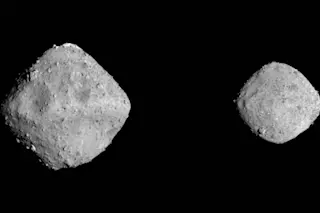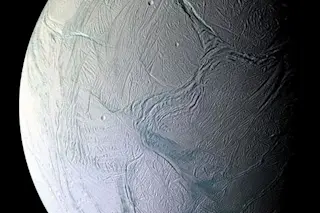Many years ago, this magazine was owned by the Walt Disney Corporation, and I would sometimes get one of the company’s songs stuck in my head: “It’s a Small World,” the relentless musical accompaniment to the ride of the same name at Disney World in Florida. That song has popped up in my brain again recently, but in a very different and more majestic context. We are entering a new stage in the exploration of the solar system, one that inverts the theme of much that came before. Big is out and small is in.
The hot destinations in space right now are comets and asteroids–including asteroid Bennu, now coming into view of the ambitious OSIRIS-REx probe. The most innovative robotic explorers are the size of a briefcase. And in NASA’s latest pivot, the long-term plan to send humans back to the Moon and on to Mars is set to ...














